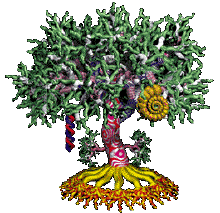...more recent posts
The characters who populate Savage's pages have never been linked before in a single story, if only because they span the entire class spectrum. The roll call of adolescent groups includes abandoned vagrant youth; semi- organized urban gangs like New York's Bowery Boys, Dead Rabbits, and the Montgomery Guards; the hobo children armies of the Depression; and the Wild Cliques of homeless youth in the outer rings of 1930s Vienna. Others were middle class and bohemian, like the neo- pagan ramblers who joined the Wandervogel in fin de siécle Germany, Woodcraft Indians in the U.S., and the Woodcraft Folk in England. Also making an appearance are upper-class factions like the Decadents, devotees of Oscar Wilde's delicious aesthetics, the flappers (whom Zelda Fitzgerald decided were "merely applying business methods to being young"), and the Bright Young People of London's 1920s gilded youth. The more familiar subcultures in Teenage include zoot suit–clad pachucos, Parisian zazous, British spivs, and American bobby-soxers. Savage details how the media, with tireless consistency, stoked moral panics about the threats to civilization posed by wayward youth, coining unsavory labels like "hooligans" and "scuttlers" (the more clinical term juvenile delinquent was in use by the 1810s), or more sensational ones like "the Apaches," applied in 1900 to publicity-seeking French ruffians who adopted a form of Indian pidgin speech.
calling george washington
